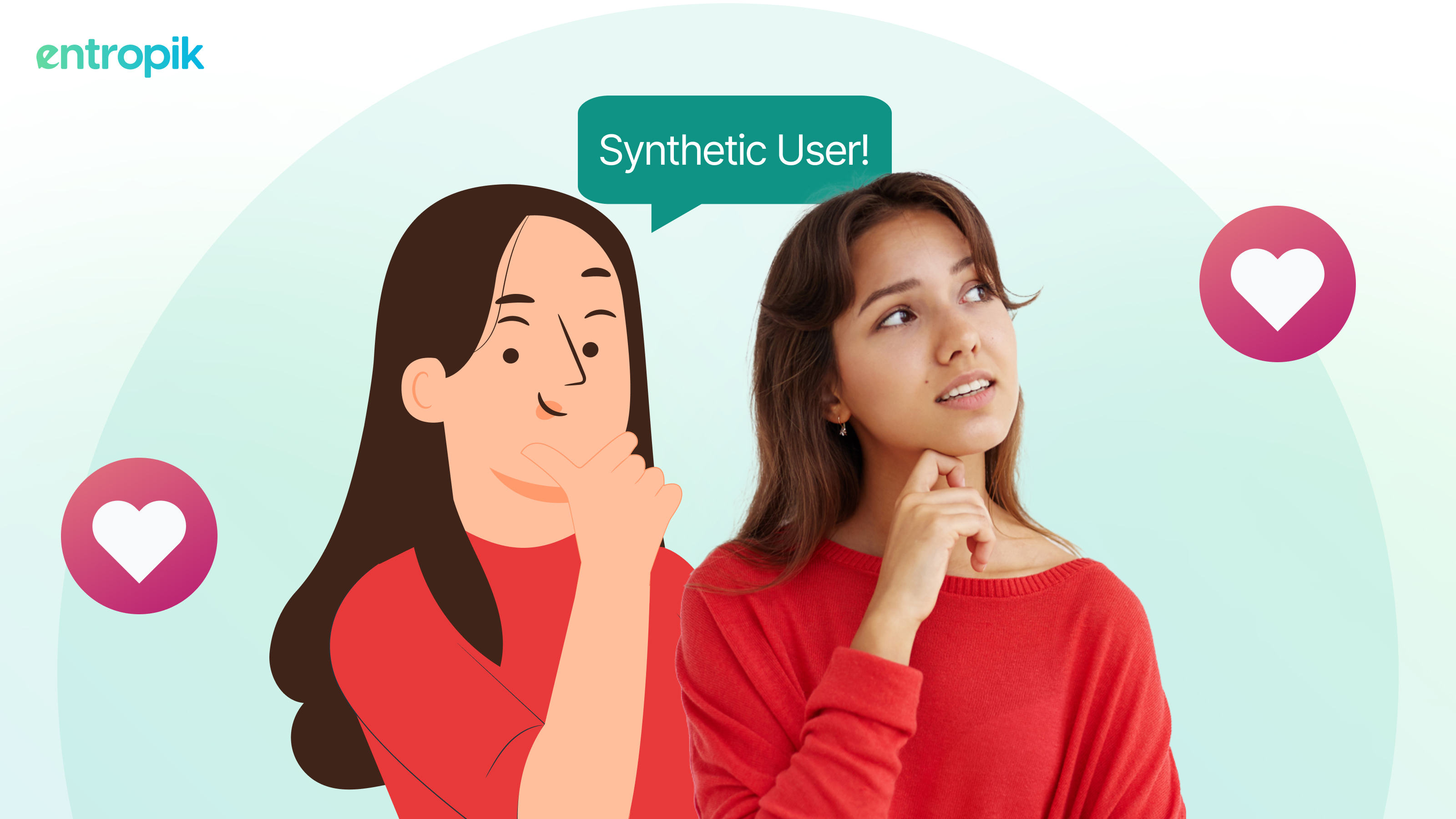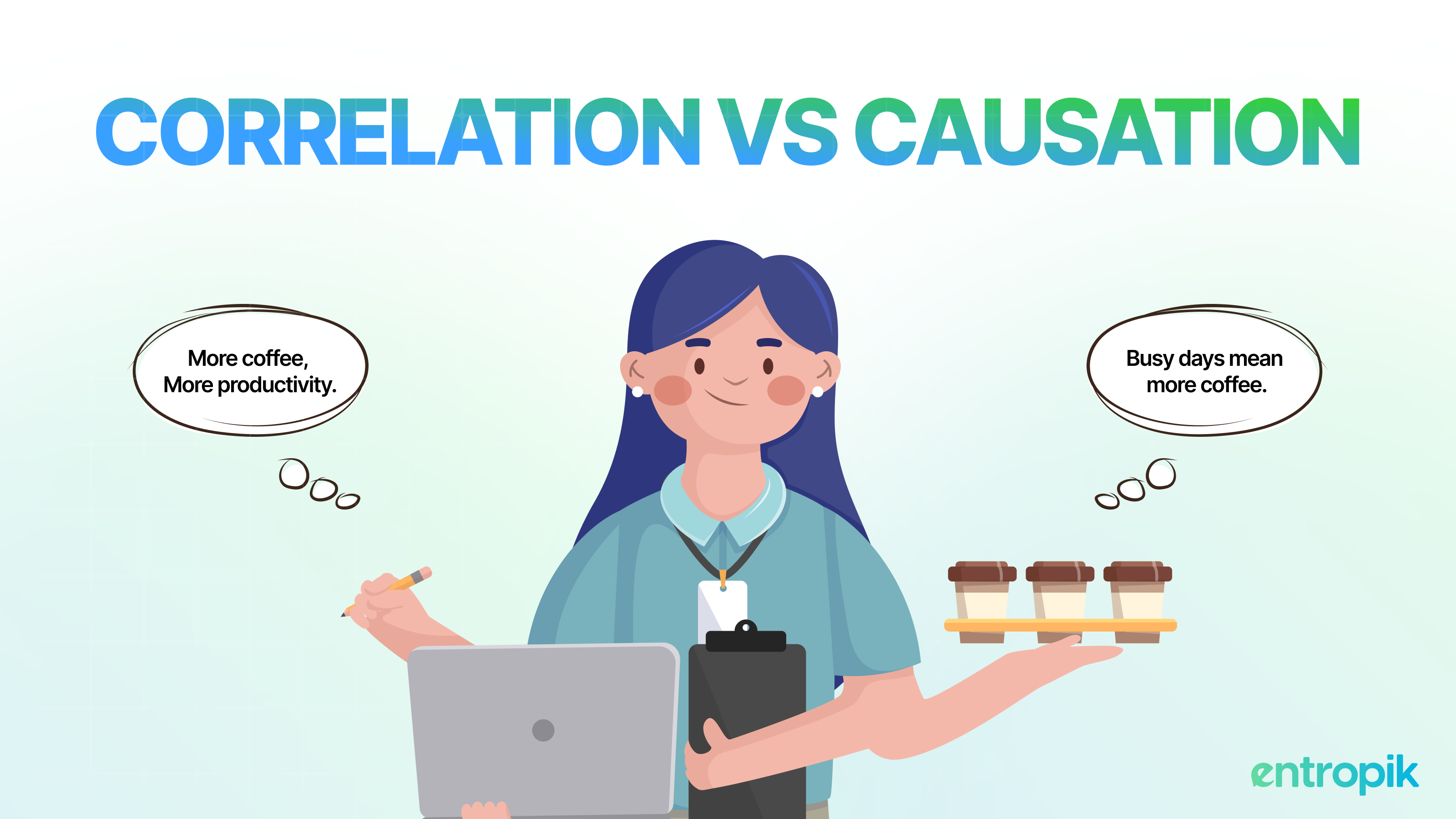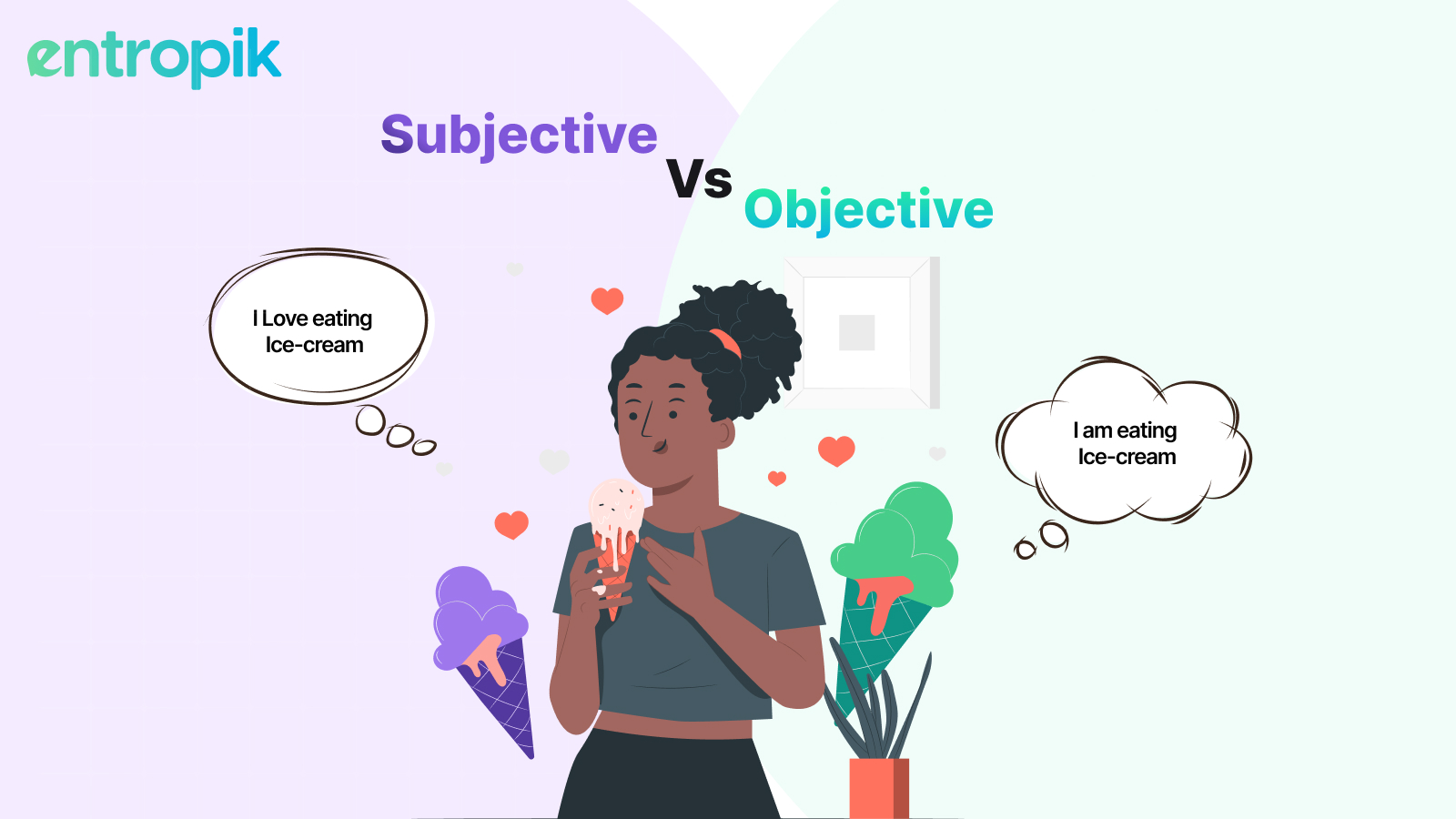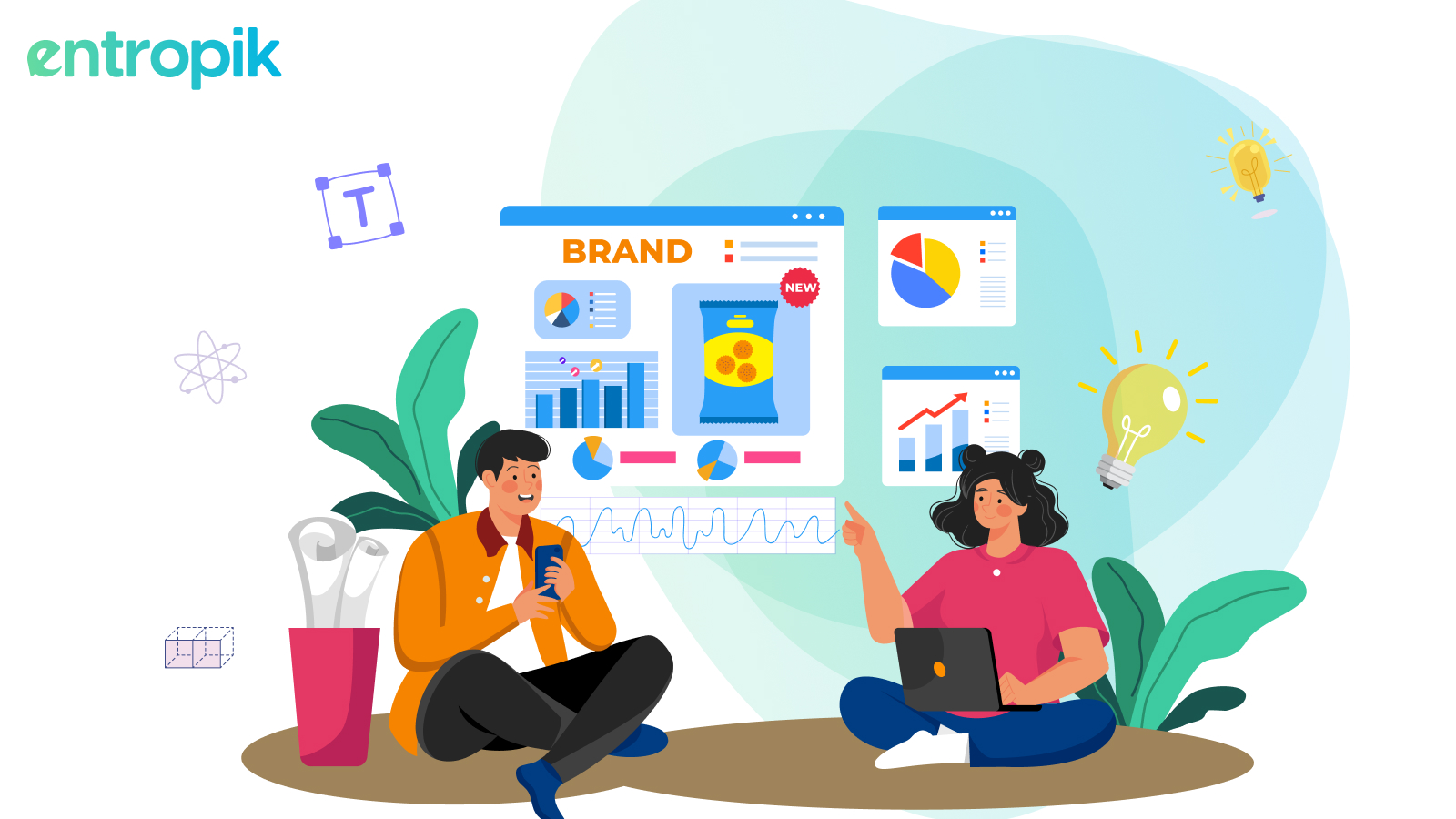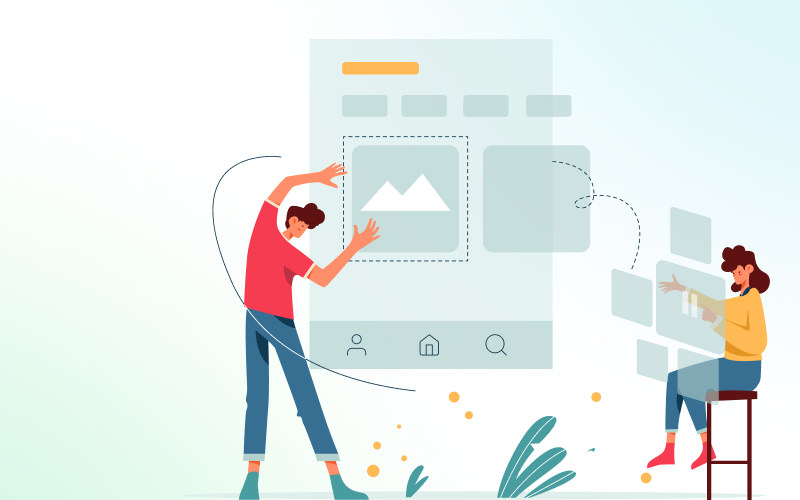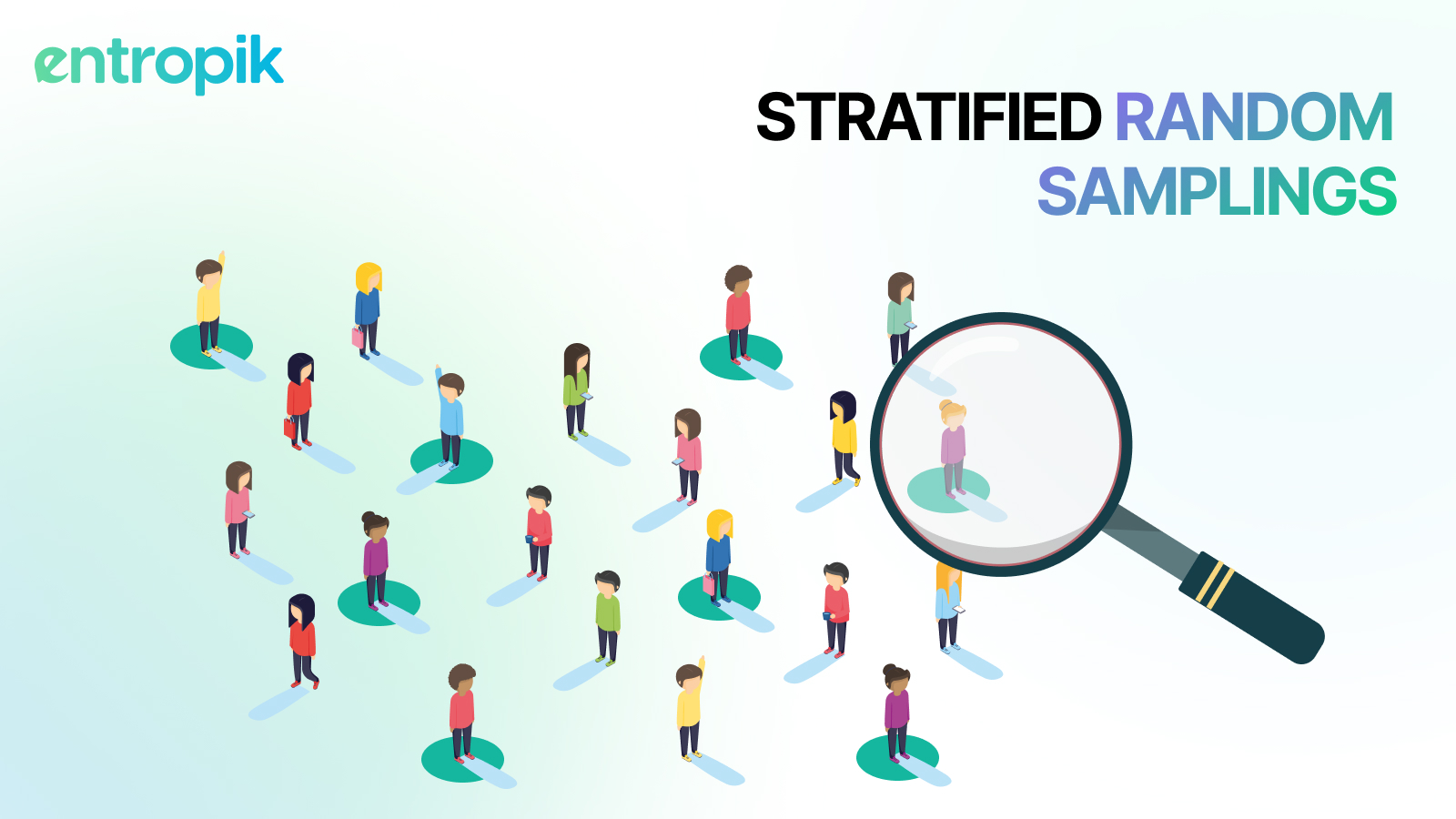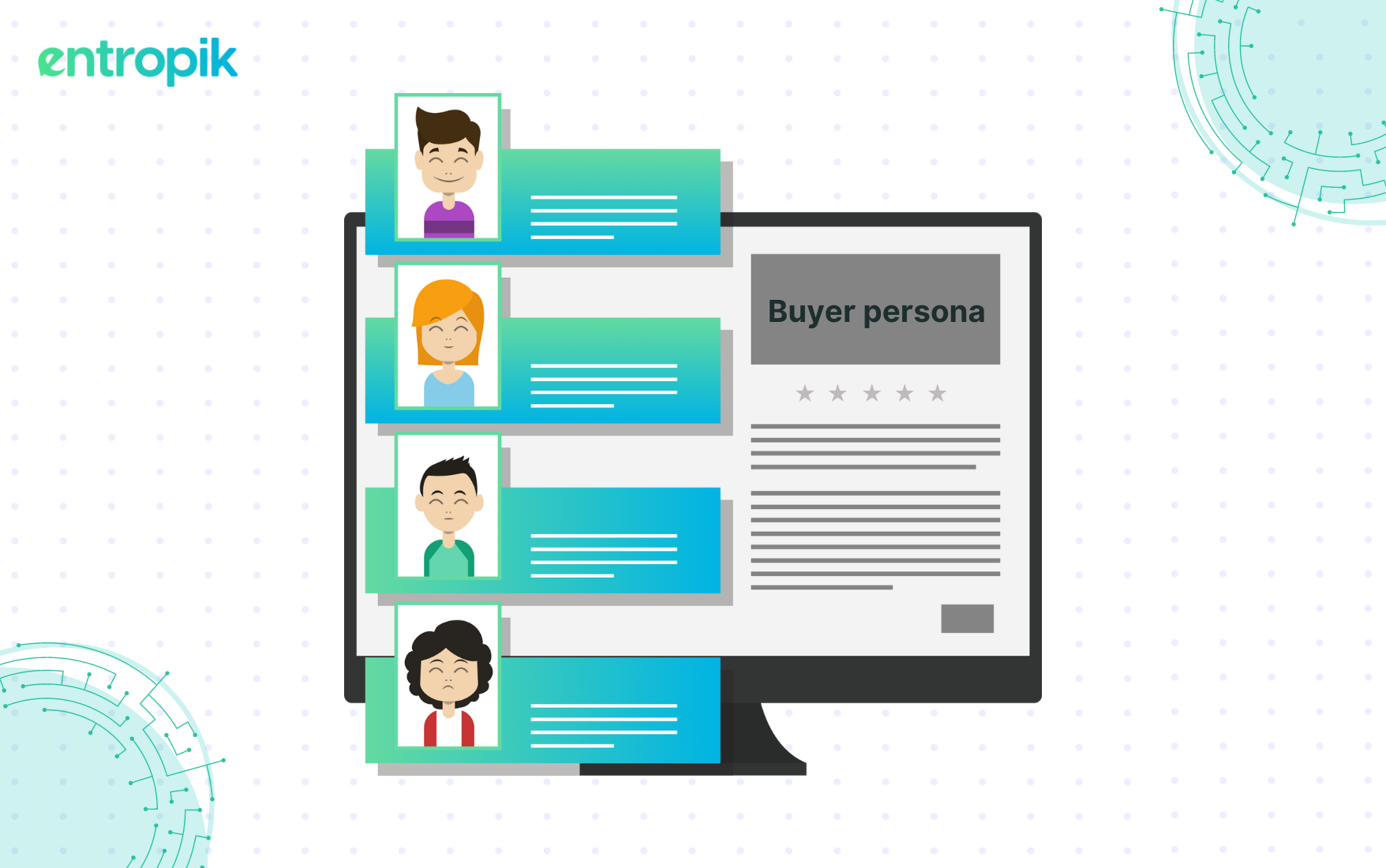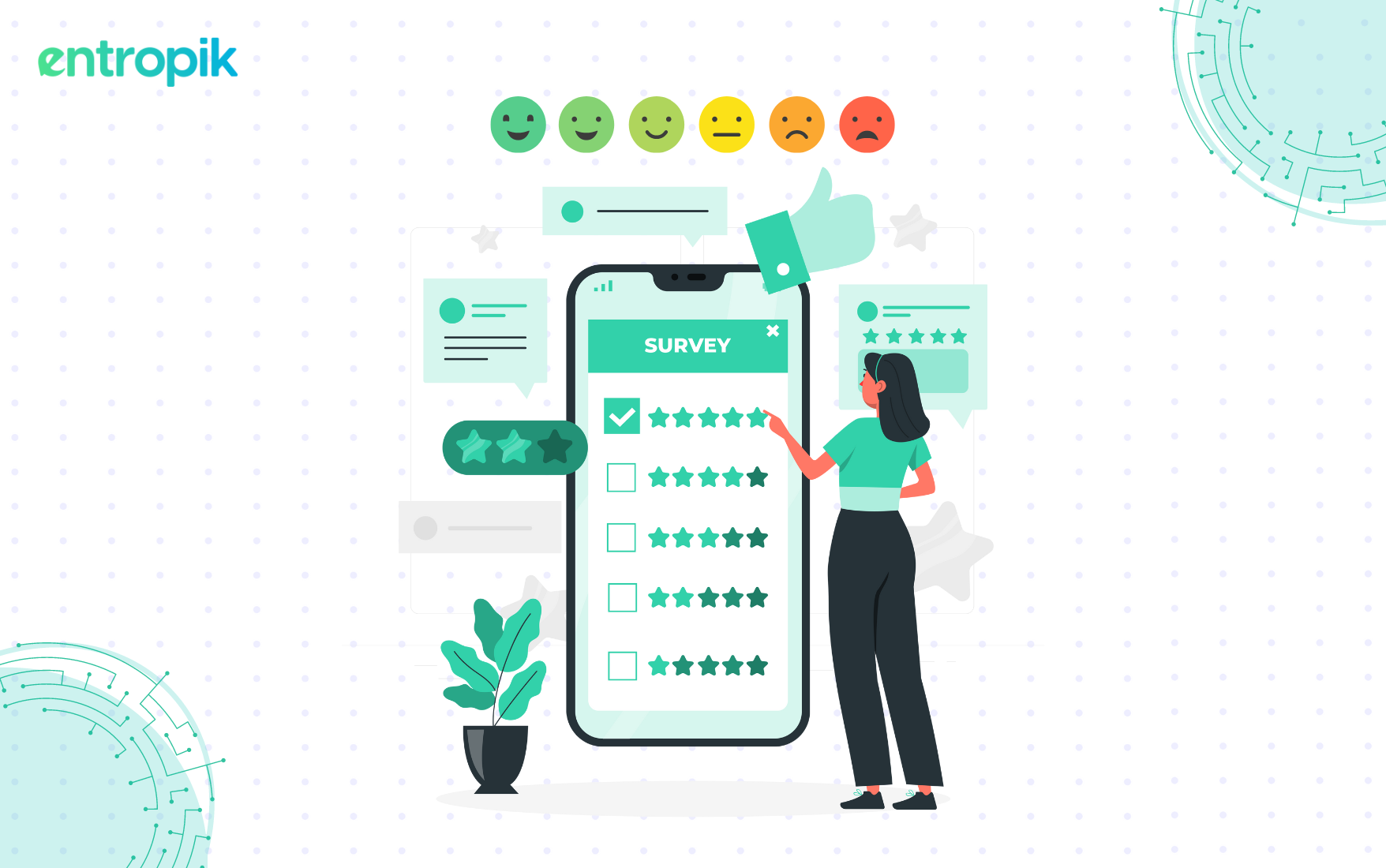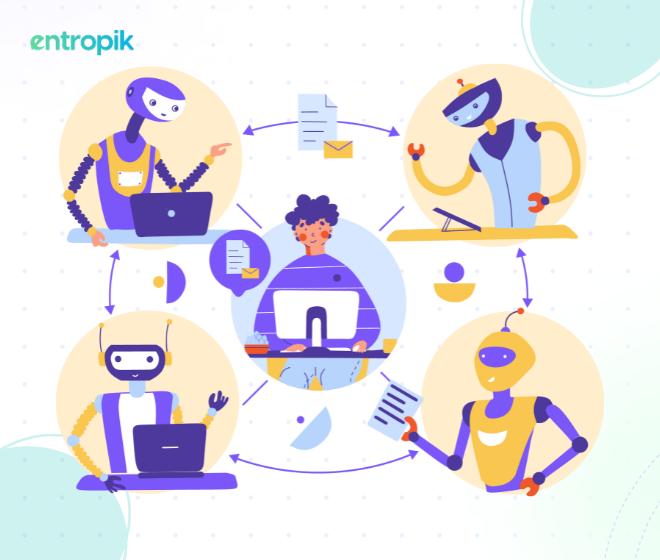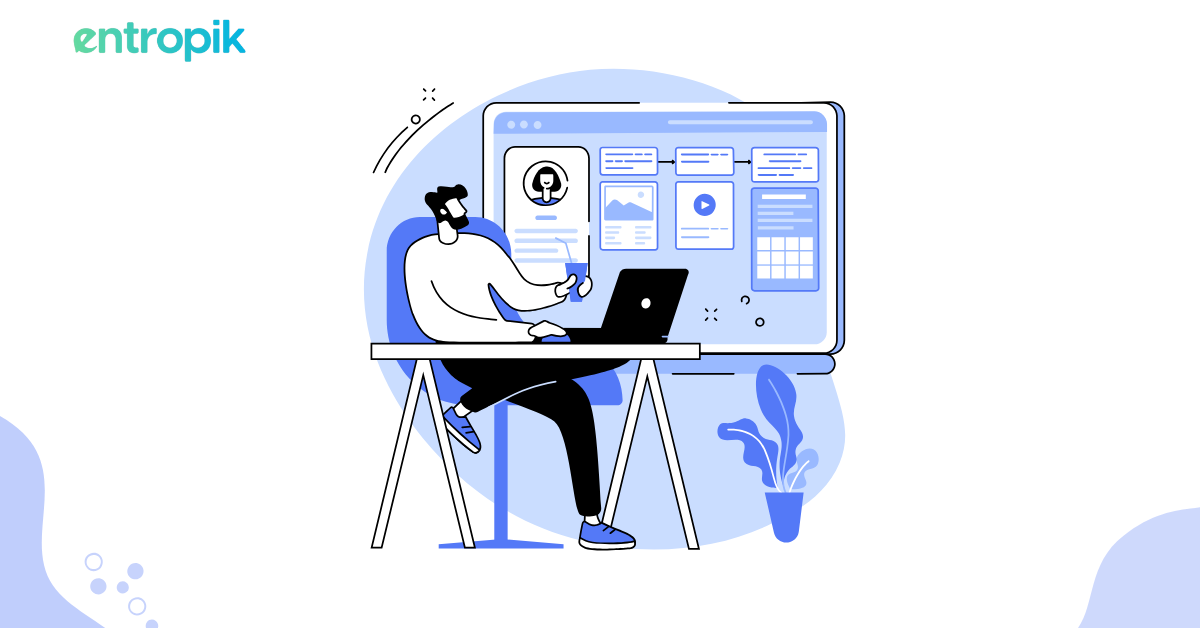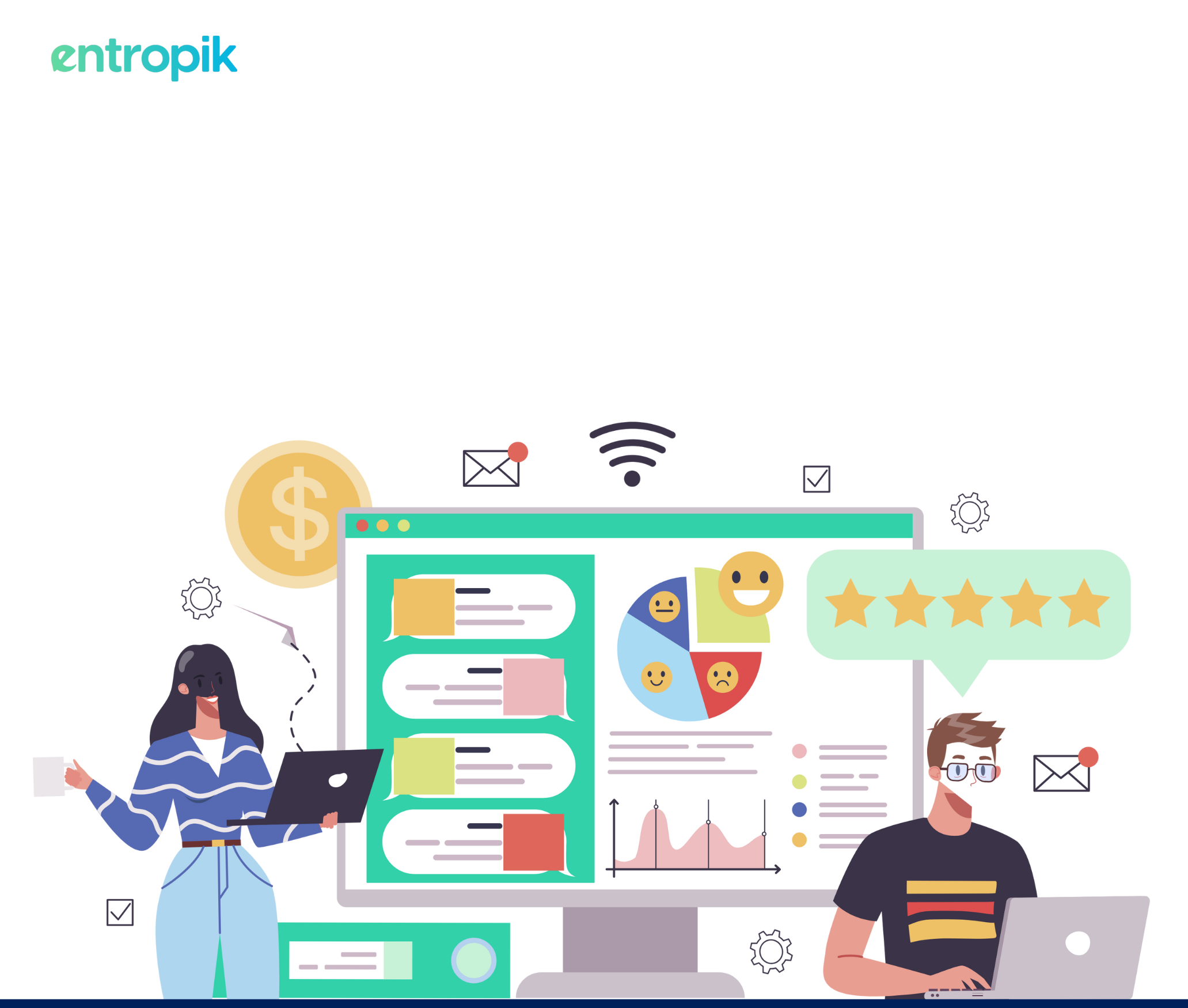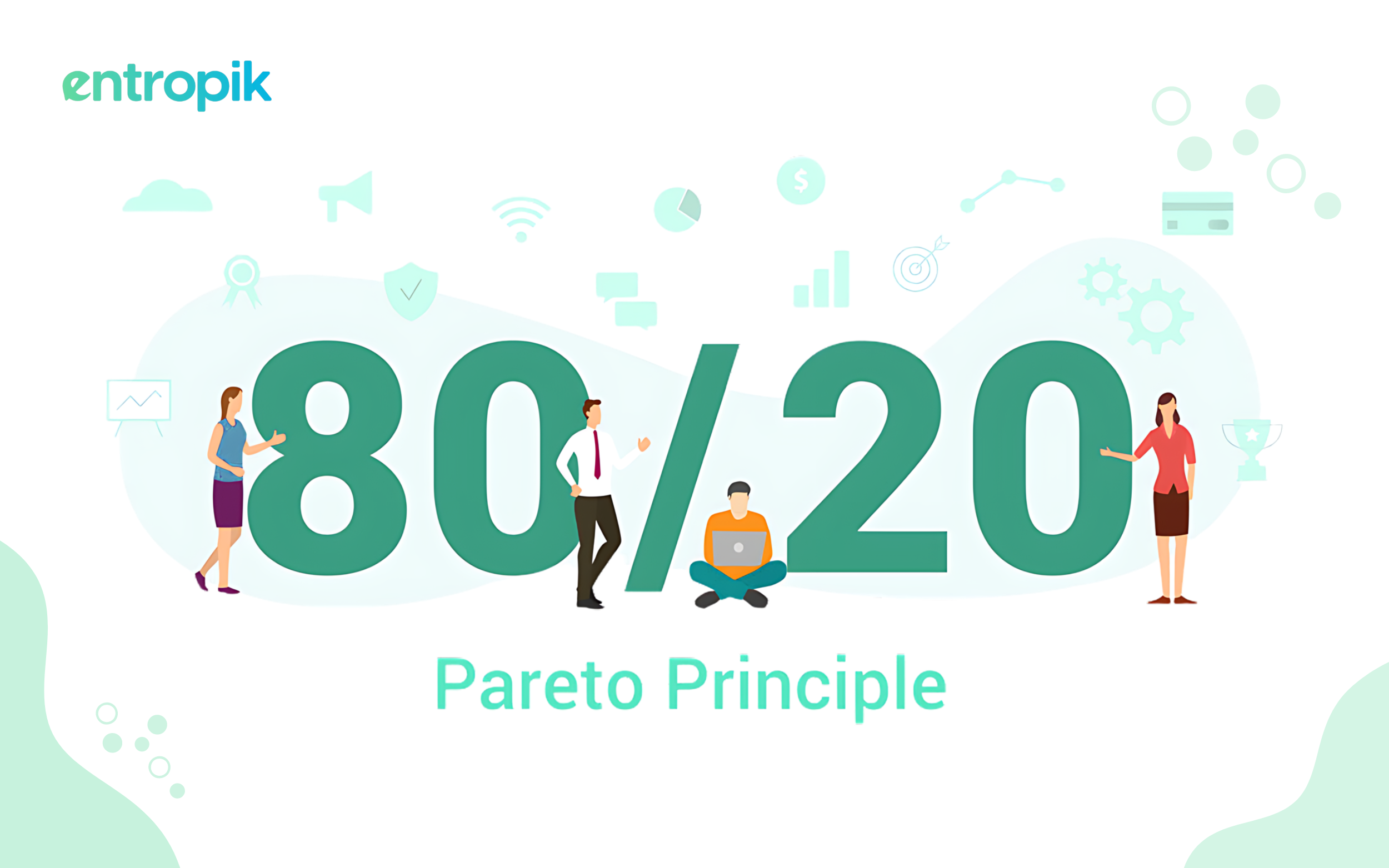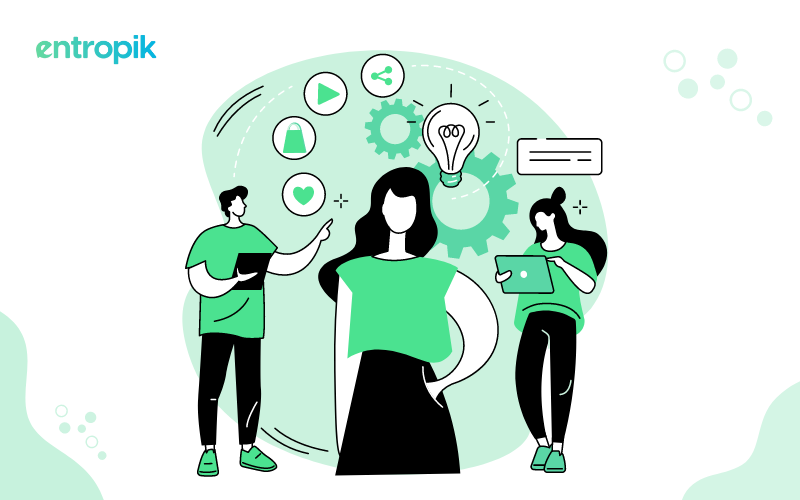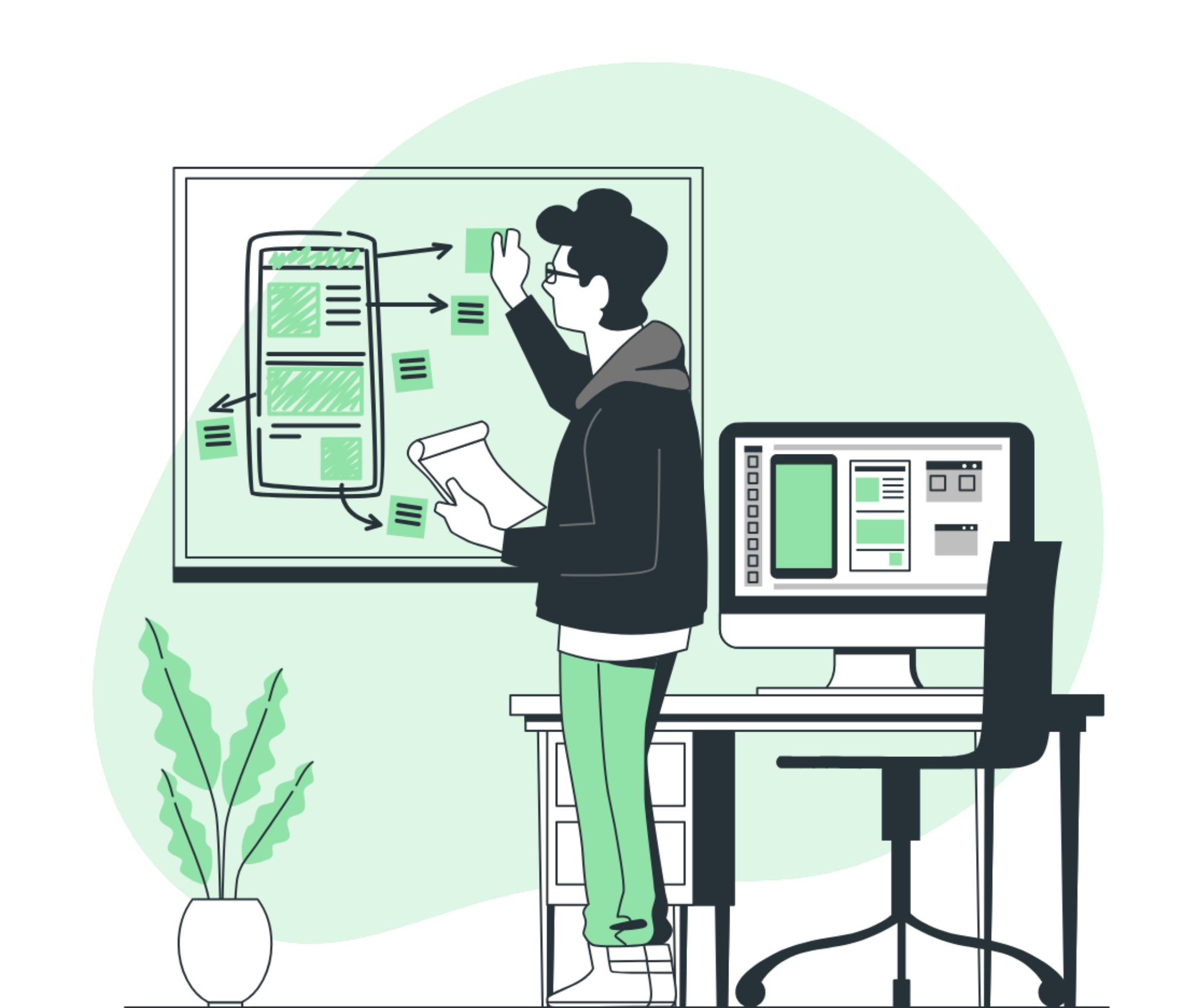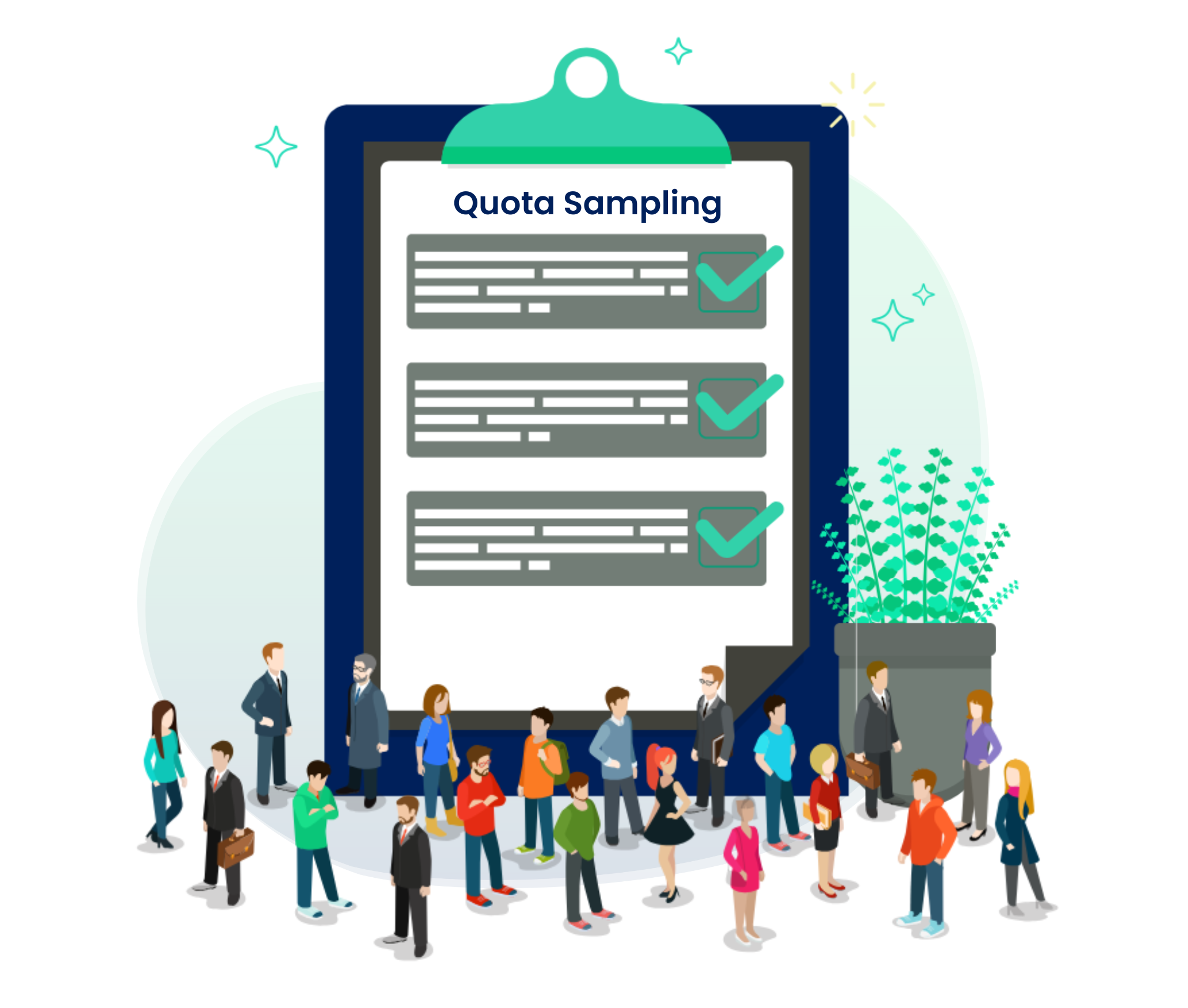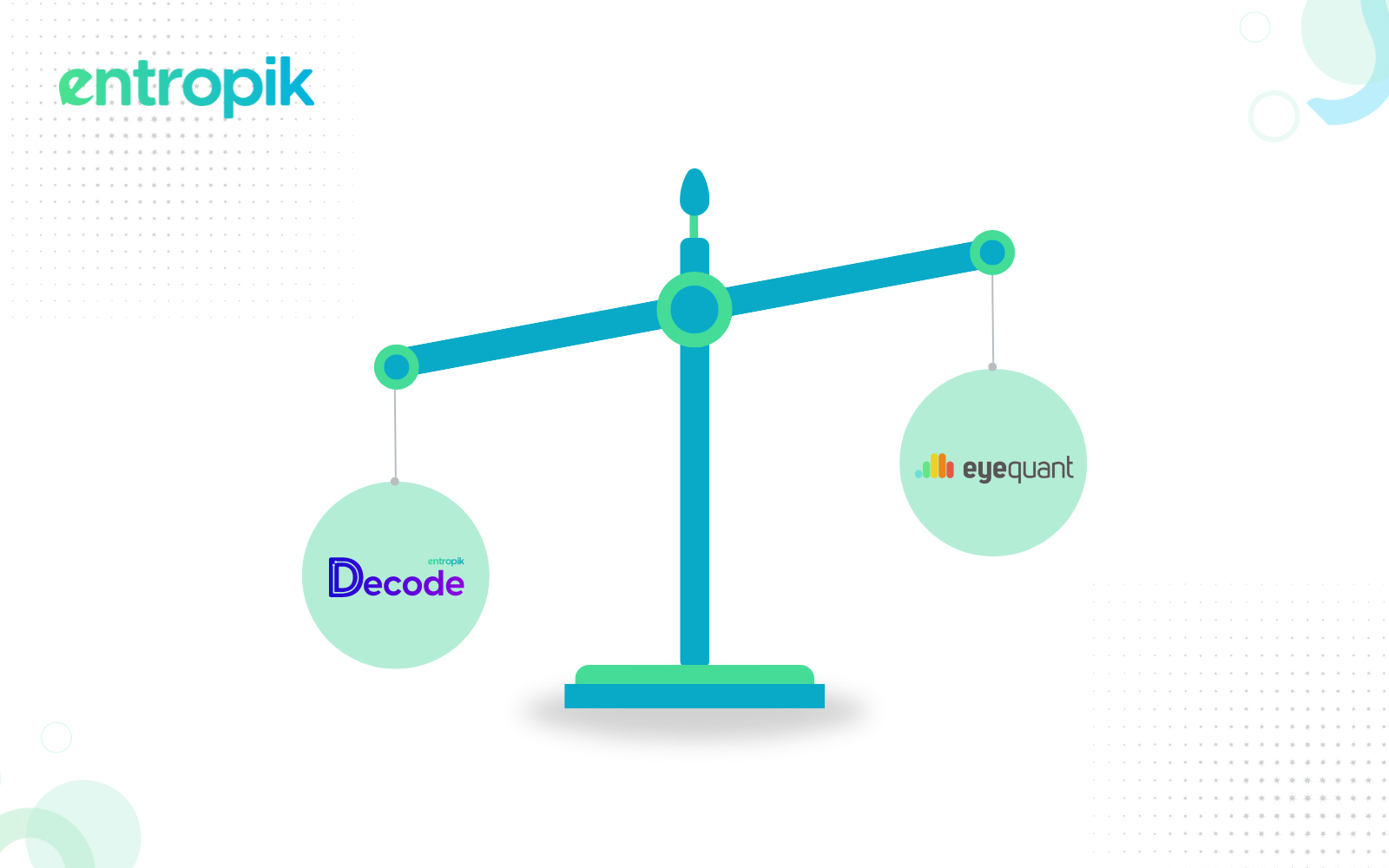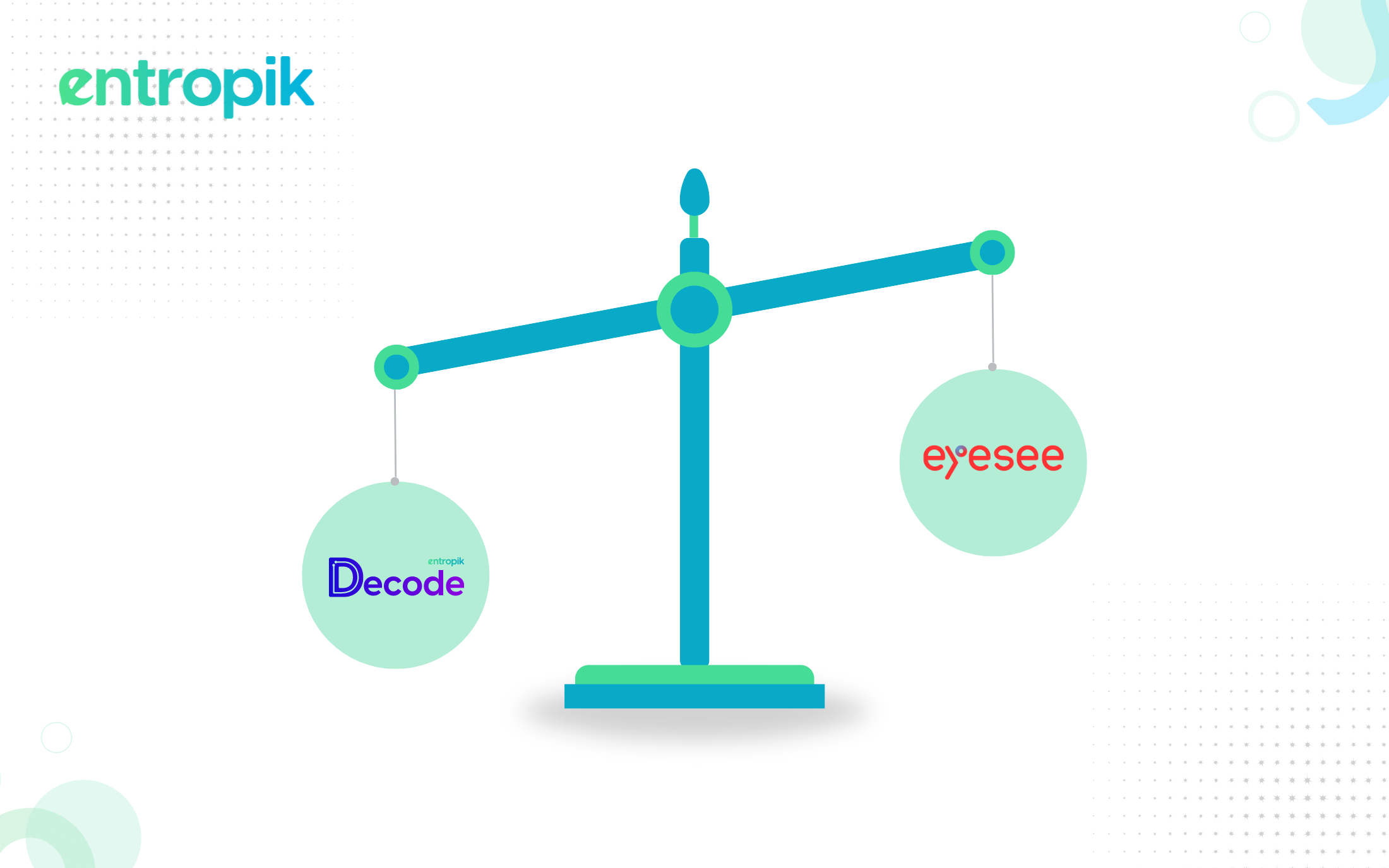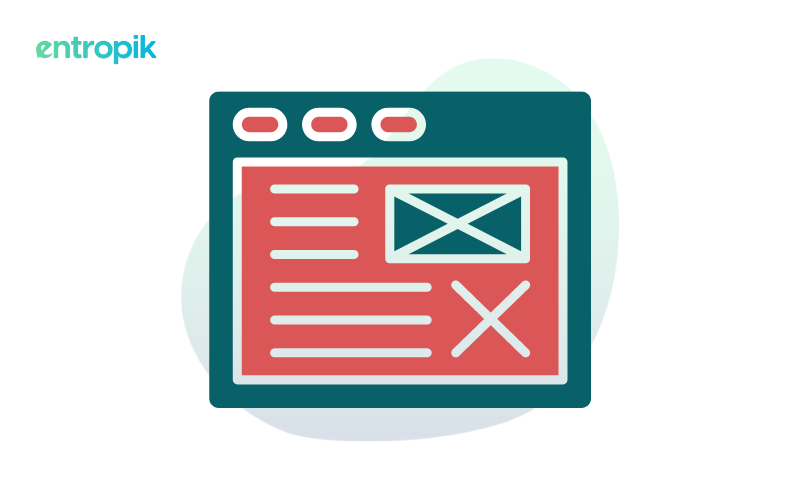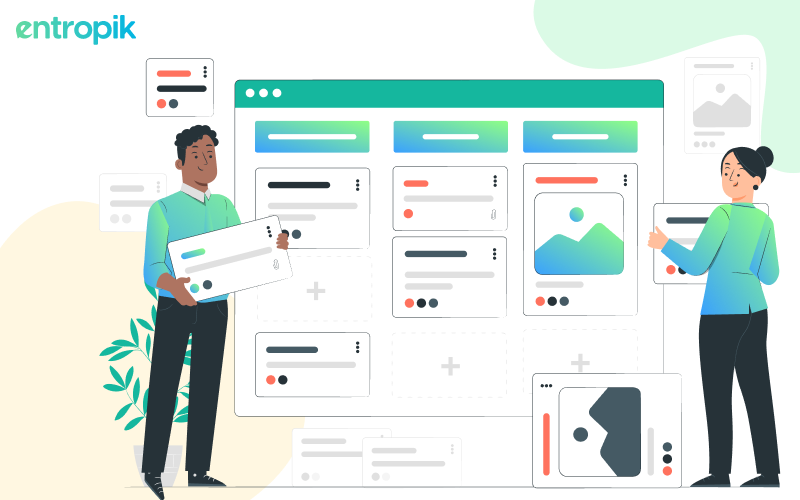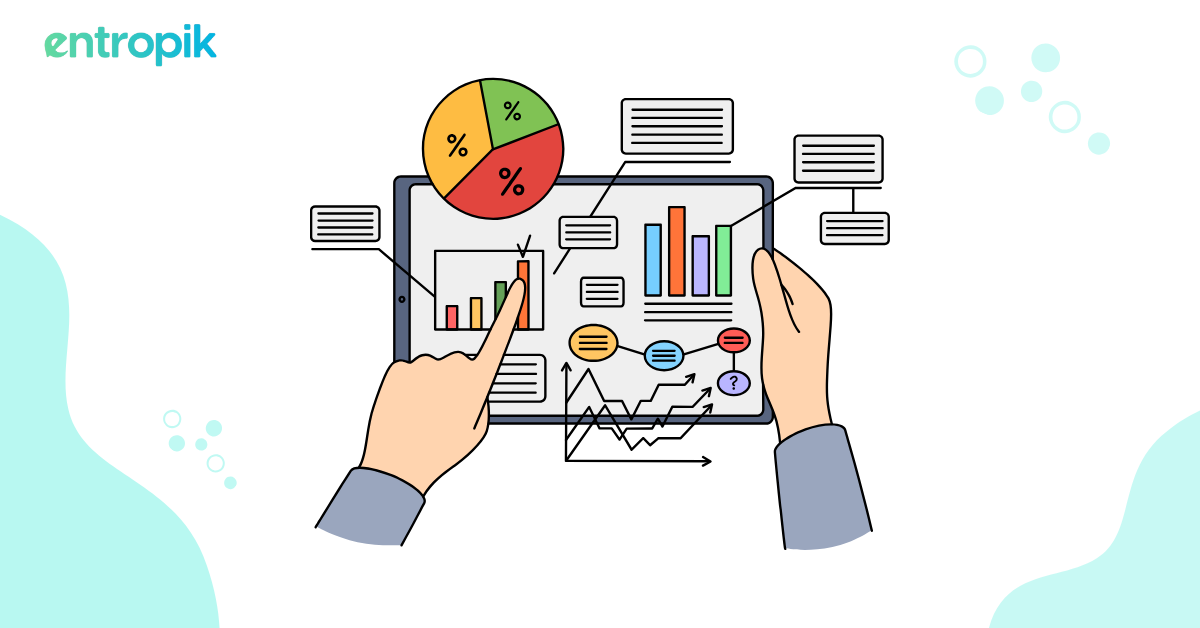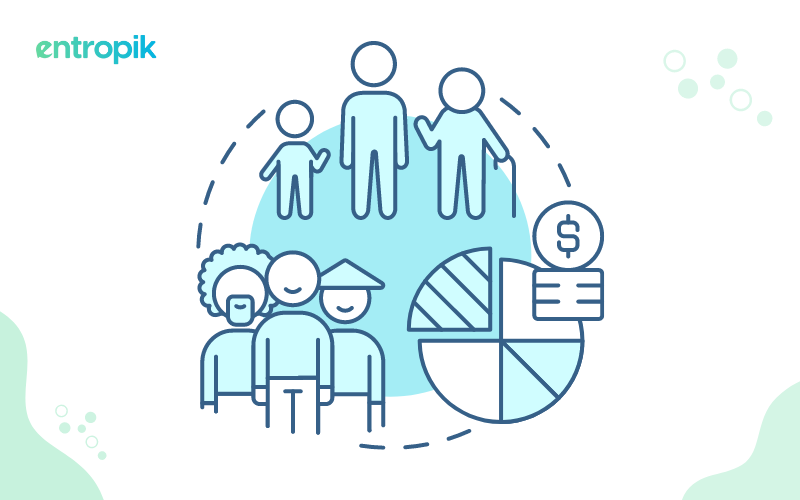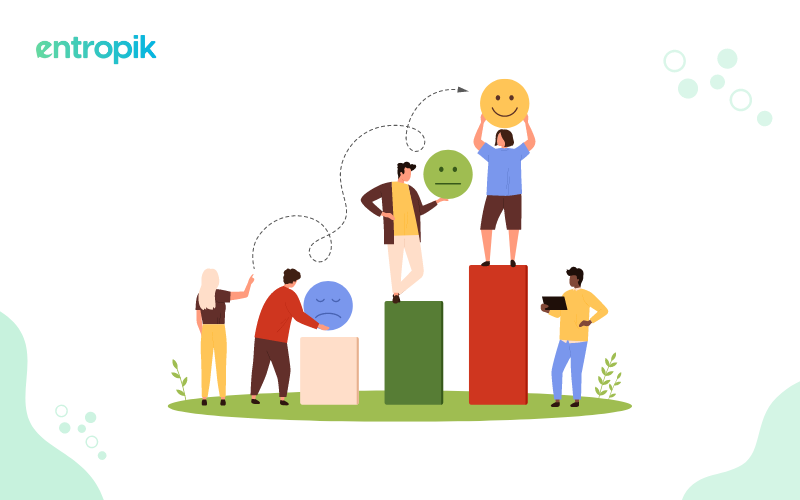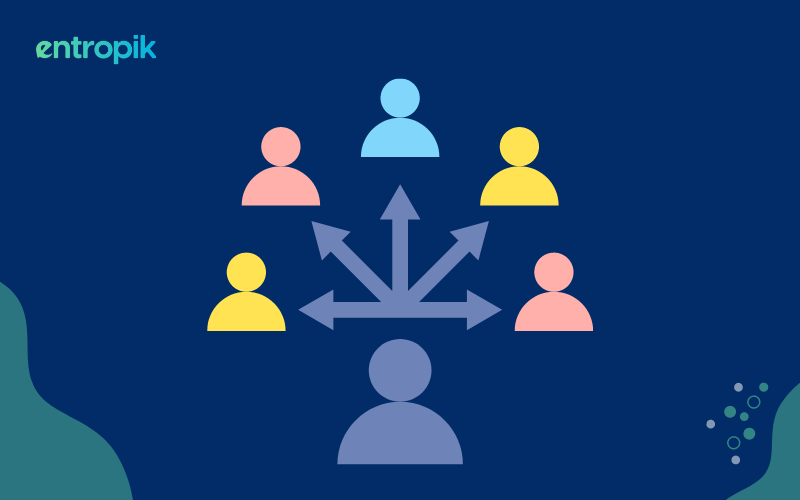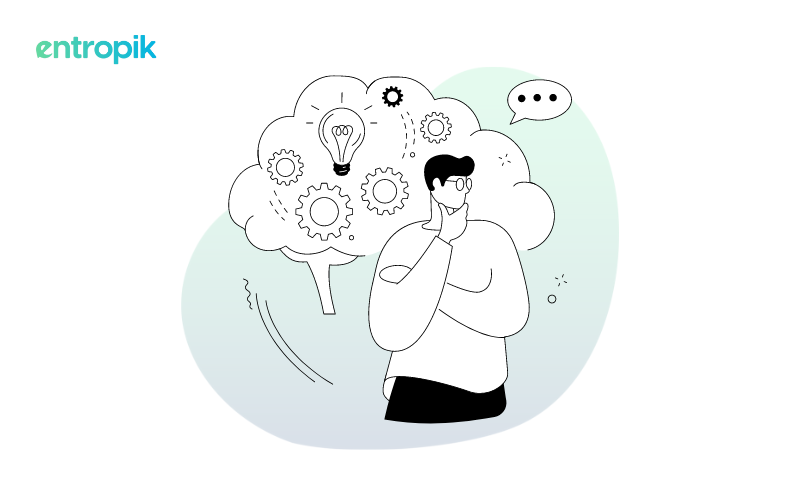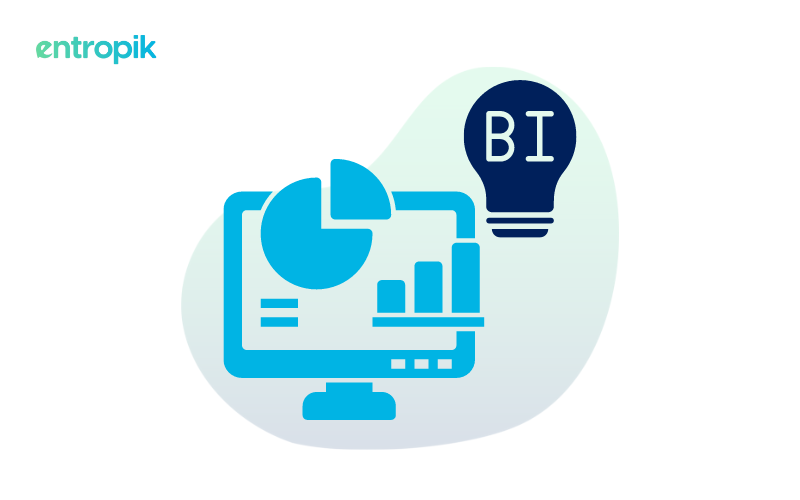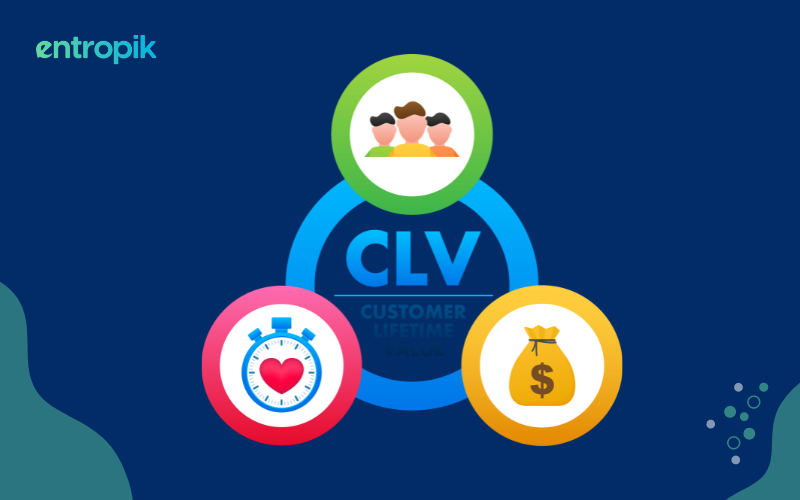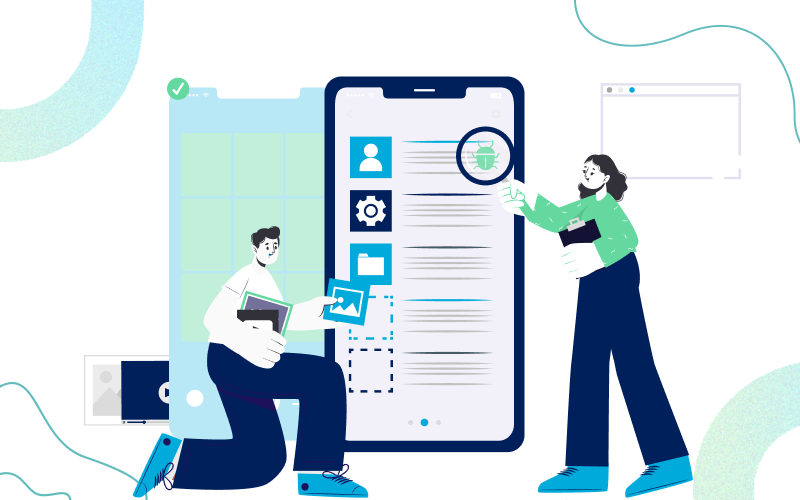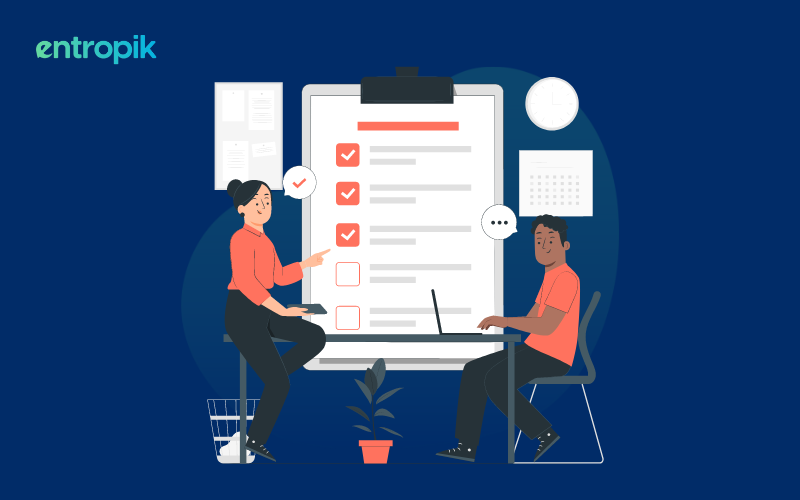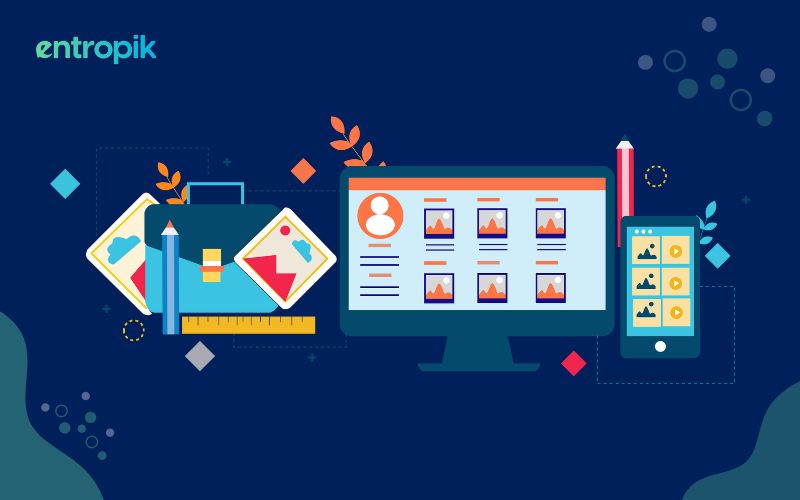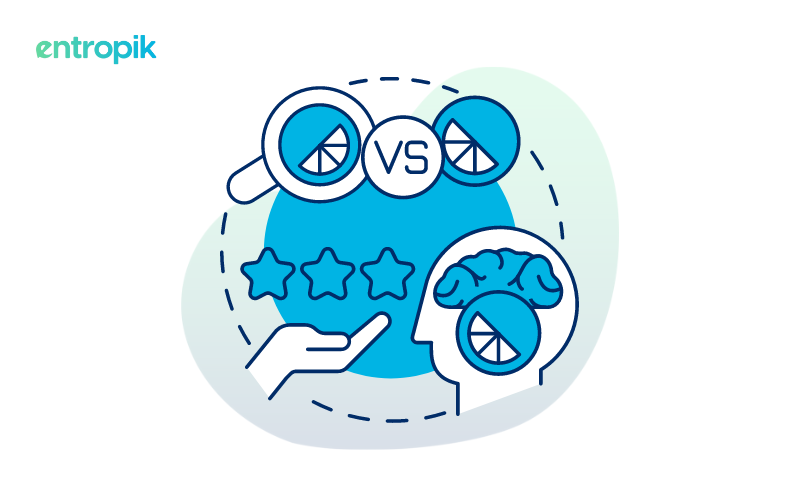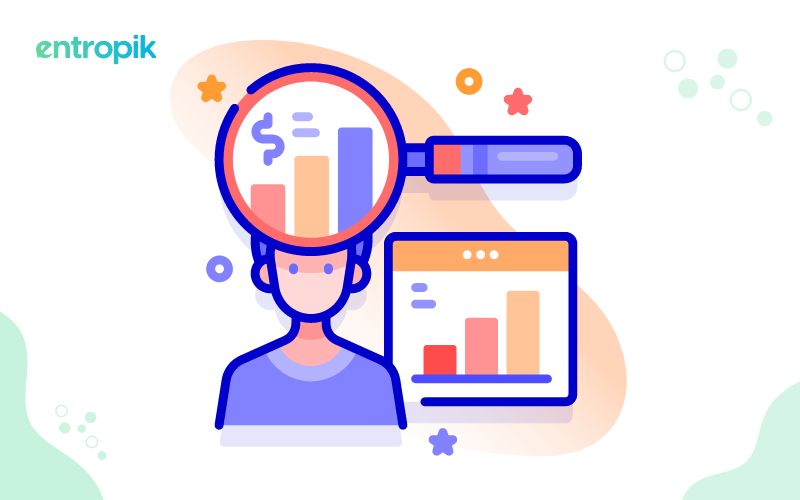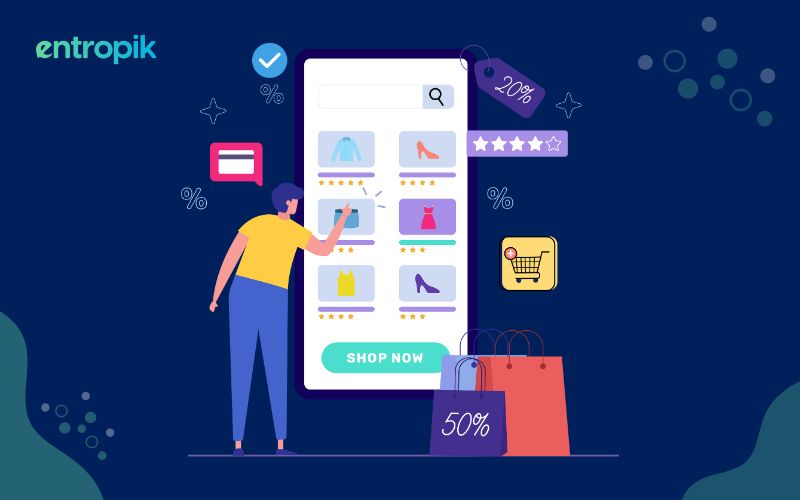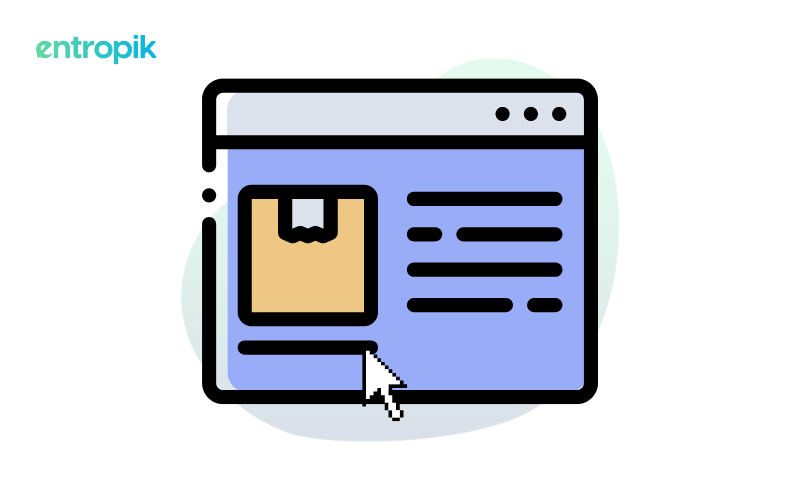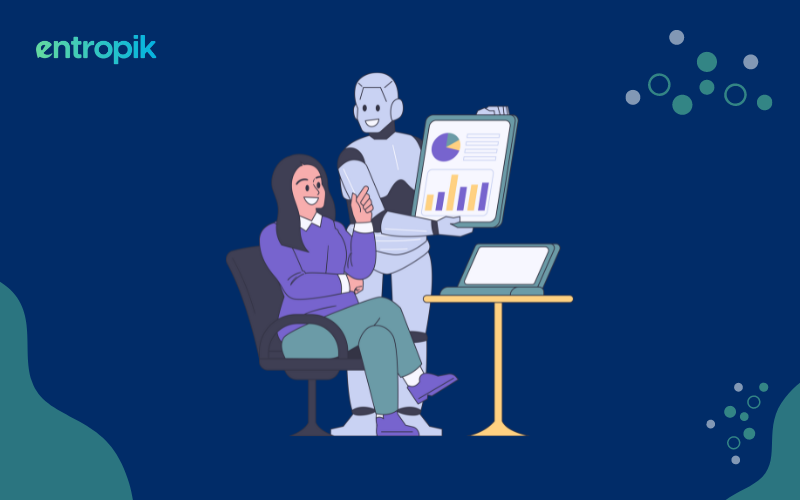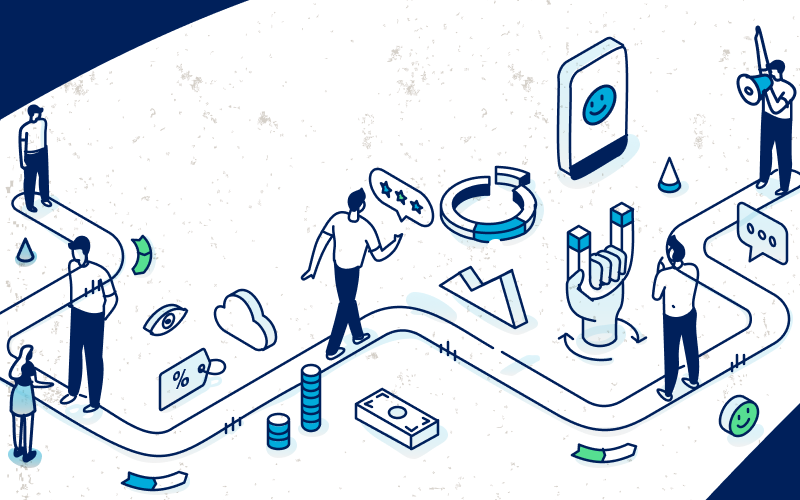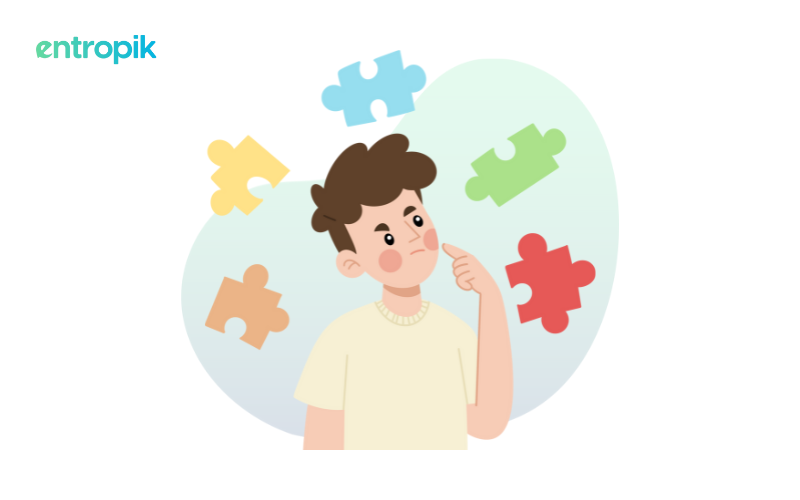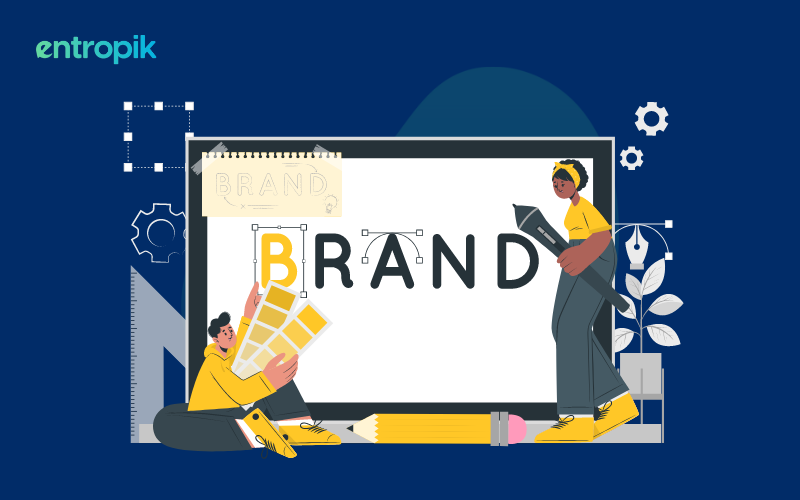User experience design is constantly evolving to meet the demands of increasingly complex digital ecosystems. As users engage with a wide range of interfaces daily, the challenge is to ensure these experiences remain intuitive, effective, and scalable. Enter Object-Oriented UX (OOUX), a transformative methodology that prioritizes the user's mental model by structuring interfaces around core objects and their relationships. This article explores OOUX in detail, its principles, implementation strategies, and how it reshapes UX design to create seamless interactions.
What is Object-Oriented UX?
Object-Oriented UX (OOUX) is a methodology that organizes interfaces around core objects—entities that users can easily recognize and interact with, such as products, profiles, or events. Unlike traditional design approaches that focus on actions or tasks, OOUX flips the perspective, emphasizing the things users interact with.
By mirroring real-world understanding, OOUX makes digital experiences more intuitive, creating a natural flow for users as they navigate an interface.
Core Philosophy of OOUX
- Object-first Design: Prioritizing the user's understanding of objects over sequential tasks.
- Alignment with Mental Models: Structuring interfaces to match how users perceive and mentally organize information.
- Simplicity and Clarity: Breaking down complexity by focusing on relationships and attributes of core objects.
The History of Object-Oriented UX
OOUX was pioneered by Sophia Prater, a UX designer who noticed inefficiencies in traditional design methods. Influenced by object-oriented programming principles, she created a framework that adapts these concepts to UX design.
The methodology gained traction as designers recognized its ability to simplify workflows, reduce confusion, and enhance usability. Today, OOUX is embraced by designers across industries, from e-commerce to SaaS platforms.
Key Principles of Object-Oriented UX
1. Object Discovery
Identifying the core objects users care about is the foundation of OOUX. These could be tangible (e.g., a shopping cart) or conceptual (e.g., a loyalty program).
2. Structure Mapping
Once the objects are identified, OOUX maps out their relationships, hierarchies, and connections to create a cohesive framework.
3. Action Definition
Defining what users can do with these objects, such as adding to a cart, editing a profile, or sharing an event.
4. Attribute Exploration
Identifying key attributes of each object, such as the price of a product, the date of an event, or the description of a profile.
5. Relationship Visualization
Clearly displaying how objects connect, interact, or depend on one another within the interface.
Why Object-Oriented UX Matters
1. Simplifies Complexity
In complex systems, users often struggle with navigation due to poorly structured information. OOUX addresses this by breaking down systems into manageable, familiar objects that users can easily comprehend.
2. Enhances Usability
By mirroring real-world interactions, OOUX creates interfaces that feel natural, reducing cognitive load and improving overall usability.
3. Improves Collaboration
OOUX provides a shared language for designers, developers, and stakeholders, streamlining the design and development process.
4. Scalable and Future-Proof
Structured around core objects, OOUX makes it easier to add new features or scale systems without disrupting the existing user experience.
How to Implement Object-Oriented UX in Your Design Process
To effectively implement Object-Oriented UX (OOUX) in your design process, it’s crucial to follow a structured, step-by-step approach. This methodology ensures that your designs align with users’ mental models and provide an intuitive, scalable, and engaging experience. Below is a comprehensive guide to utilizing OOUX, inspired by the principles outlined in the reference article.

Step 1: Identify Your Core Objects
The first step is identifying the main "nouns" or objects that are central to your system. These objects reflect user goals and interactions.
- How to do this: Analyze user goals and tasks through research methods like surveys, interviews, or journey mapping. Extract the key entities that users frequently interact with.
- Example: In an event management platform, core objects could be Events, Tickets, Attendees, Speakers, and Venues.
Step 2: Define Object Attributes
For each object, define its attributes—details that describe or characterize it. These attributes should directly help users make decisions or complete tasks.
- How to do this: List out all relevant properties for each object that users need to know about or modify. Consider what information users typically seek.
- Example:
- Event: Name, Date, Time, Location, Description, and Status (e.g., "Upcoming" or "Past").
- Ticket: Price, Type (e.g., General, VIP), Availability, and Purchase Deadline.
- Attendee: Name, Email, Ticket Type, and Check-in Status.
Step 3: Map Object Relationships
Identify and visualize how the objects are interconnected. Relationships ensure users can intuitively navigate between objects.
- How to do this: Create an object map showing connections and hierarchies. Highlight dependencies between objects to structure navigation paths.
- Example:
- Event is linked to multiple Tickets, Speakers, and a single Venue.
- Attendees are associated with specific Tickets, and each ticket is tied to an Event.
Step 4: Define Object Actions
Determine the actions users can take on or with each object. These actions are the "verbs" of your system, enabling interaction with objects.
- How to do this: Brainstorm all possible actions for each object, ensuring they align with user tasks.
- Example:
- Event: Create, Edit, View Details, Publish, Archive.
- Ticket: Purchase, Refund, Upgrade, Transfer.
- Attendee: Check-in, Edit Details, Remove from Event.
Step 5: Design Object-Oriented Interfaces
Create interfaces that represent your objects, attributes, relationships, and actions in an intuitive way. Each object should be visually distinct and easy to interact with.
- How to do this: Design layouts where each object is a self-contained module with clearly presented attributes and actions. Focus on user priorities and natural flows.
- Example: On an event dashboard, each Event is displayed as a card showing its name, date, location, and a "Manage" button for further actions. Clicking on "Manage" opens sections for associated Tickets, Attendees, and Speakers.
Step 6: Test and Iterate
Validate your designs by testing them with real users. Observe how well the interface supports their tasks and mental models. Use feedback to refine your object definitions and relationships.
- How to do this: Conduct usability testing with diverse user scenarios. Pay attention to confusion points or areas of inefficiency.
- Example: During testing, users might struggle to locate ticket details for an event. If so, you might need to make the Ticket section more accessible from the event page.
Step 7: Document and Scale
Document your objects, their attributes, and their relationships. Maintain this documentation as a living resource for future scalability and consistency across teams.
- How to do this: Use collaborative tools like Miro, Figma, or Notion to maintain detailed object blueprints. Ensure updates are reflected promptly.
- Example: Create a centralized guide where Event attributes, relationships (e.g., to Venue, Tickets, etc.), and user actions are clearly detailed.
Key Concepts of Object-Oriented UX
To understand how OOUX works, it’s essential to grasp its foundational principles:
1. Objects: Objects are the core entities within a system. Each object represents a real-world or conceptual element users interact with, such as a product, user profile, or event.
2. Attributes: Attributes are the details that describe an object. For instance, an “event” object might include attributes like date, location, and organizer.
3. Relationships: Relationships define how objects connect and interact. For example, in an e-commerce system, a “product” object might relate to a “category” object.
4. Calls-to-Action (CTAs): CTAs are the actions users can take on or with objects, such as “add to cart” for a product or “RSVP” for an event.
By breaking down your system into these components, you create a design that mirrors the user’s understanding, enhancing usability and reducing cognitive load.
Examples of Object-Oriented UX in Action
1. E-commerce Platforms
- Objects: Products, categories, reviews, user profiles, carts, and orders.
- Interactions: Adding products to carts, filtering categories, and writing reviews.
- Result: A seamless shopping experience where users can easily find, evaluate, and purchase items.
2. Social Media Applications
- Objects: Posts, profiles, comments, groups, and events.
- Interactions: Liking, sharing, commenting, and joining events.
- Result: Enhanced engagement through intuitive and familiar interactions.
3. SaaS Platforms
- Objects: Projects, tasks, users, and reports.
- Interactions: Assigning tasks, generating reports, and tracking progress.
- Result: Efficient workflows and better collaboration.
Benefits of Object-Oriented UX Design
1. Improved Usability
OOUX simplifies complex systems by structuring them around objects and their relationships, making it easier for users to navigate and interact.
2. Enhanced Consistency
By standardizing objects and their attributes, OOUX ensures a cohesive experience across different screens and features.
3. Scalable Designs
Object-oriented structures are easier to scale as your product evolves. Adding new features or objects doesn’t disrupt the overall framework.
4. Faster Development Cycles
Clear object definitions reduce ambiguity, enabling smoother collaboration between designers and developers.
Common Challenges in Adopting OOUX
1. Resistance to Change
Teams accustomed to traditional methods may struggle to adopt a new perspective. Educating stakeholders about the benefits of OOUX is crucial.
2. Time-Intensive Initial Setup
Identifying objects and creating object maps can be time-consuming but pays off in the long run by streamlining development and updates.
3. Complex Relationships
Mapping complex relationships between objects requires careful planning and iteration.
Actionable Tips for Effective Object-Oriented UX Design
- Collaborate Cross-Functionally: Include developers, product managers, and stakeholders early in the process.
- Think Reusability: Design objects as modular components to ensure scalability.
- Prioritize Visual Hierarchy: Use design principles to clearly display object relationships and CTAs.
- Document Everything: Maintain detailed records of object attributes and relationships for seamless onboarding and scaling.
- Leverage Tools: Use OOUX-friendly tools like Lucidchart, Figma, or Axure RP for effective mapping and prototyping.
How Qatalyst Supports Object-Oriented UX
At Qatalyst, we leverage the principles of OOUX to help businesses create digital experiences that resonate with users. Our platform enables you to:
- Identify core objects and their attributes with AI-powered insights.
- Map complex relationships efficiently.
- Test and refine designs with real-time user feedback.
- Scale systems seamlessly while maintaining intuitive user interactions.
By integrating OOUX into your design strategy with Qatalyst, you can unlock the potential of user-centric, scalable, and future-proof digital interfaces.
Conclusion: Transform Your Designs with Object-Oriented UX
Object-Oriented UX is not just a design methodology—it’s a mindset shift that reimagines how users interact with digital systems. By focusing on objects and their relationships, OOUX simplifies complexity, enhances usability, and fosters collaboration. Whether you're designing a small website or a large-scale application, adopting OOUX can transform your user experience for the better.
With tools like Qatalyst, implementing OOUX becomes even more accessible, empowering your team to create experiences that truly connect with users. Start your OOUX journey today, and redefine how your users engage with your digital products.














.jpg)


